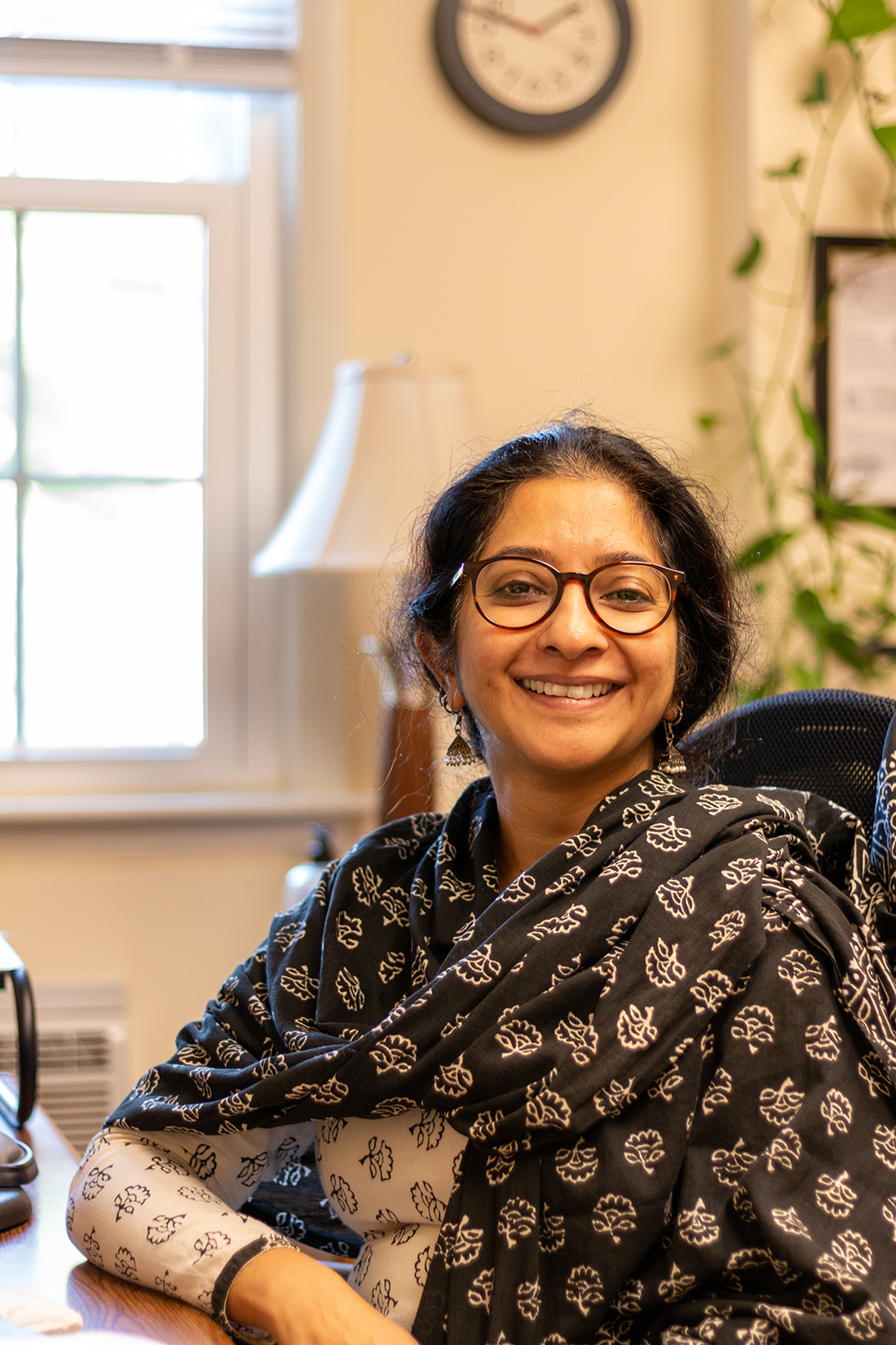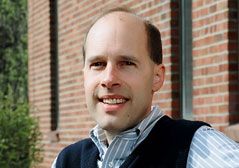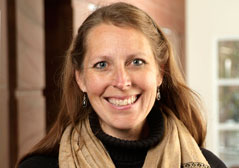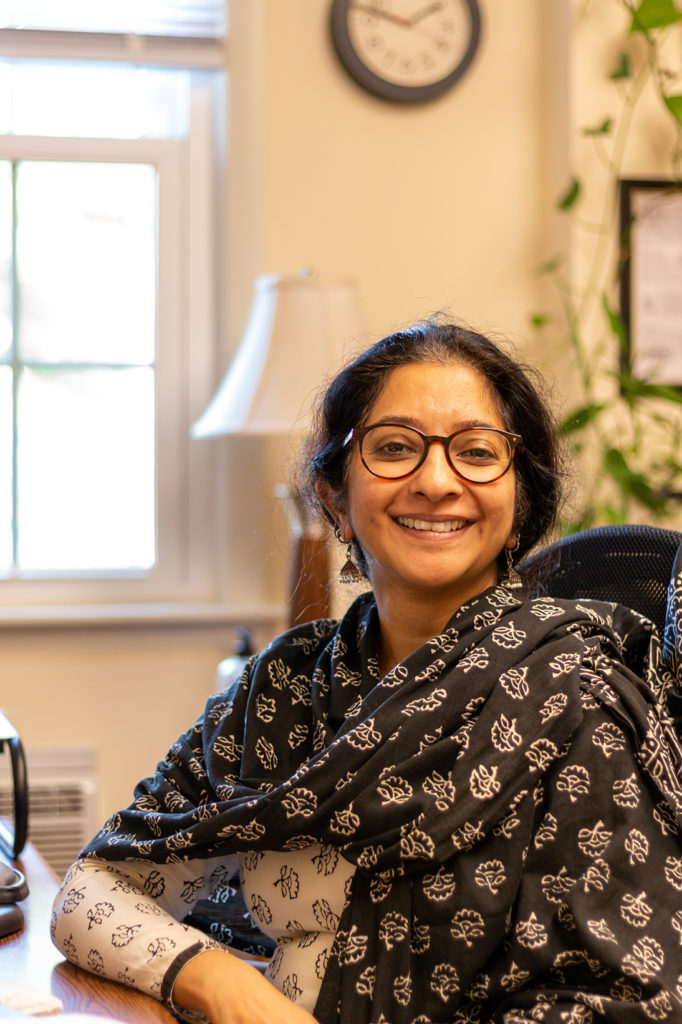
by Matt Heller
Executive Editor
Around 10 years ago, students began taking four, four-credit classes each semester, the same system that is in place today. That meant most faculty taught a 3-3-3-2 course load, which means they would teach three classes for three semesters and then only two classes for a fourth semester. Over time, stresses such as faculty constraints under a tightening budget led to a 3-3-3-3 system, according to Professor William Karstens, the chair of the Faculty Welfare Committee.
Now, there is a chance that additional requirements will increase faculty loads. During open forums, the majority argued that a 3-4 or even a 3-3-3-4 could be detrimental to the well-being of the faculty. While nothing has been decided upon, a decision is likely to come this week, according to Karstens.
“We’re trying to work on something that tries to minimize the amount of extra work that has to be done, in the midst of solving issues of getting more students on campus and stuff like that,” Karstens said.

(Photo courtesy of Saint Michael’s College)
When requirements were increased to a 3-3-3-3, some faculty thought that it would eventually go back to a 3-3-3-2. After a few years, it was clear that due to budget constraints and declining enrollment, this was not going to happen.
Either way, an increase in teaching requirements will require faculty to make sacrifices. For Karstens, it’s a tradeoff with the high demands, and that’s what the committee is trying to help with.
“We know we have to step up and do something because of the stressors we are undergoing, and it’s just how are we going to do it in such a way that spreads the pain as fair as possible and not overwhelming what’s already a pretty packed plate,” Karstens said.
An added course in a semester involves more than lectures in the classroom. “There’s homework, assignments, discussions, and meetings with students. That’s where I think the true learning happens, and we don’t put a time limit on that, nor a limit of effort,” said Dean of Faculty Tara Natarajan.
“As people get stretched further, the things that get dropped off the plate are the ones that aren’t in the contract,” said Patricia Siplon, professor of political science, who, outside of teaching, is the treasurer for St. Michael’s chapter of the American Association of University Professors, the faculty advisor for the school’s chapter of the Student Global AIDS Campaign, and an instructor for the Adventure Sports Center. She worries that there aren’t enough faculty to fill positions, and she worries about what will be cut first due to the limited personnel.
“Social justice pieces [are] not what we are contracted to do, so that’s what’s going to get shorted,” she said.

(Photo courtesy of Saint Michael’s College)
Natarajan said she is currently involved in faculty searches for several departments, including political science, sociology, criminology, environmental science and studies, biology, and art and design.
Like Karstens, she acknowledges there’s a problem, but is hopeful that dedicated faculty can pull through. Over the summer, an ad-hoc committee was developed to help better allocate resources.
While Natarajan believes faculty need time away from school, it’s far from a conventional job.
“It’s not just a nine to five. I call it getting on the running train that never stops.”
For some professors, however, it’s just part of the job. “I wouldn’t call it stressful. I’m here to teach, so I’m going to teach,” said physics professor Alain Brizard, who teaches both physics courses and core science courses.
With all the talk around the number of courses and time spent, quality of work can get lost, especially when it comes to interaction with students, say some faculty.
“We’ve made a big mistake, in my opinion, as a culture, in believing that productivity is more important than quality… that quantifiable output is more important than quality connections and quality expression,” Siplon said.
The quality connection and expression usually comes in the form of interaction with students, especially those that come outside of the classroom. In the end, faculty hope that the existing stress and increased workload won’t deter these relationships with their students.

(Photo by Matt Heller)
“A lot of people feel pretty stressed at this particular moment in time. We’re professionals, we try not to let it affect what we do with our students. But I’m not going to lie, it’s a tough time, and we’re working hard,” said English professor Elizabeth Inness-Brown.

